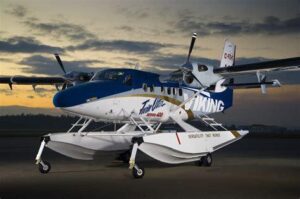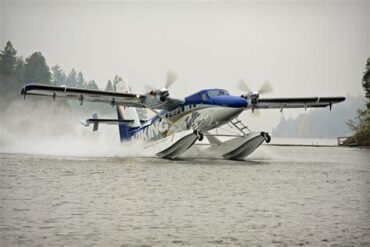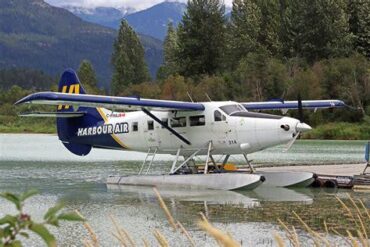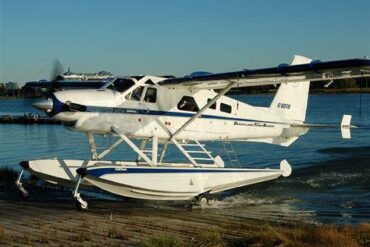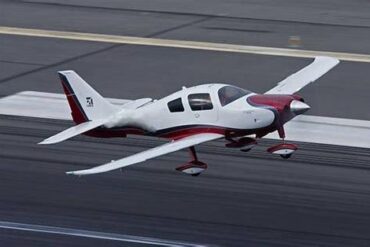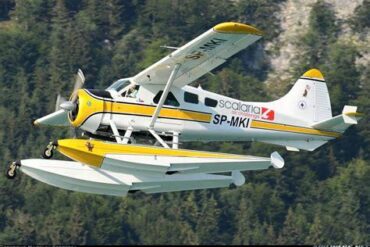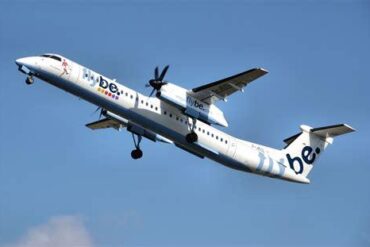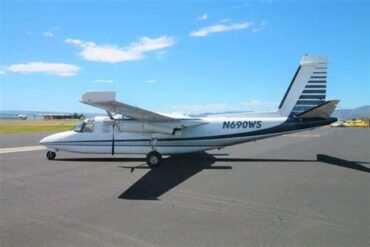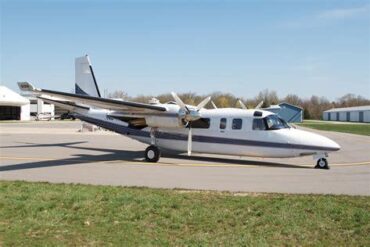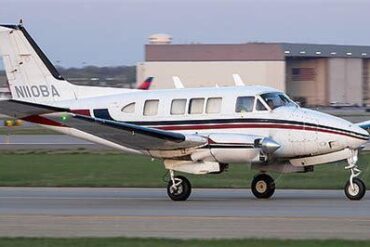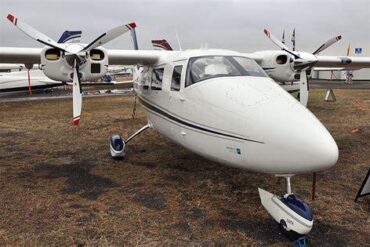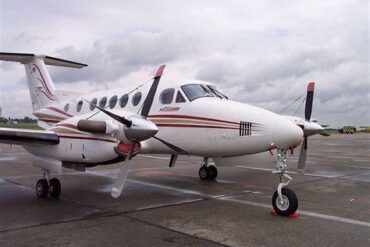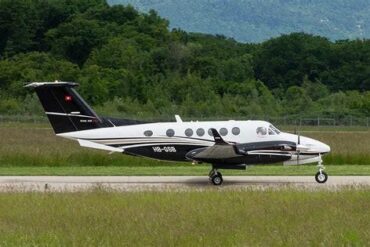The Viking Air/DeHavilland 6-400 Twin Otter is a versatile aircraft known for its remarkable performance and operational efficiency. In this comprehensive article, we will delve into the pricing, operating costs, and various factors influencing the overall expenditure related to owning and operating this iconic aircraft.
Overview of the Viking Air/DeHavilland 6-400 Twin Otter
The Twin Otter has been a cornerstone in the aviation industry since its introduction in the 1960s. The latest variant, the 6-400, incorporates modern technologies and design enhancements that contribute to improved fuel efficiency, safety, and passenger comfort. This aircraft is particularly favored for short takeoff and landing (STOL) capabilities, making it ideal for operations in remote and challenging environments.
Price of the Viking Air/DeHavilland 6-400 Twin Otter
When considering the acquisition of a Viking Air/DeHavilland 6-400 Twin Otter, prospective buyers should be aware of the purchase price and how it compares to similar aircraft in its class. As of recent data, the price of a new 6-400 Twin Otter typically ranges from $6 million to $7 million. Factors influencing the price include:
-
Customization Options: Different configurations, interior designs, and additional equipment can significantly impact the overall cost.
-
Market Demand: Economic conditions and market demand for STOL aircraft can lead to fluctuations in pricing.
-
Manufacturer’s Pricing Strategy: Viking Air’s pricing strategy, including any promotions or incentives, can also play a role.
In addition to the purchase price, potential buyers should also consider the availability of used models, which can range from $2 million to $5 million depending on their condition, age, and installed equipment.
Operating Costs of the Viking Air/DeHavilland 6-400 Twin Otter
Understanding the operating costs associated with the 6-400 Twin Otter is crucial for any operator. These costs can be divided into several categories:
Fuel Costs
Fuel efficiency is one of the most significant factors affecting operating costs. The 6-400 Twin Otter is equipped with the Pratt & Whitney Canada PT6A-34 turboprop engines, known for their reliability and performance. On average, the aircraft burns approximately 500 to 600 pounds of fuel per hour, translating to around 75 to 90 gallons. Given current fuel prices, operators can expect to spend between $1,200 and $1,800 on fuel per flight hour. Factors impacting fuel costs include:
-
Flight Duration: Longer flights will naturally lead to higher fuel consumption.
-
Weather Conditions: Adverse weather may require more power, increasing fuel usage.
Maintenance Costs
Routine maintenance is essential for ensuring the longevity and safety of the 6-400 Twin Otter. Operators should budget for both scheduled and unscheduled maintenance. Typical maintenance costs can range from $150 to $300 per flight hour, depending on the following:
-
Age of the Aircraft: Older aircraft may require more frequent and costly repairs.
-
Usage Patterns: More intense usage can lead to increased wear and tear.
Crew Salaries
Hiring qualified personnel is crucial for safe operations. The crew salaries will vary based on experience, location, and operational requirements. For a two-pilot operation, salaries can range from $100,000 to $200,000 per year per pilot, depending on their qualifications and the specifics of the operation.
Insurance Costs
Insurance is another critical component of operating costs. For the 6-400 Twin Otter, annual insurance premiums typically range from $15,000 to $30,000, depending on factors such as:
-
Pilot Experience: More experienced pilots may lead to lower premiums.
-
Operational Geography: Flying in higher-risk areas can increase insurance costs.
Hangar and Parking Fees
Depending on where the aircraft is based, hangar and parking fees can vary significantly. Operators should anticipate spending anywhere from $2,000 to $10,000 per month for hangar space, particularly at busy airports.
Miscellaneous Operating Costs
Additional costs to consider include:
-
Landing Fees: These can range from $50 to $500 per landing, depending on the airport.
-
Training Costs: Regular training for pilots and maintenance personnel can add to the overall expenditure.
-
Navigation and Communication Equipment: Upgrades and subscriptions to navigation databases can incur additional costs.
Comparative Analysis with Similar Aircraft
When evaluating the Viking Air/DeHavilland 6-400 Twin Otter, it is beneficial to compare it with similar aircraft in its class. Competitors like the Beechcraft 1900 and Cessna Caravan offer alternatives, but each comes with its unique characteristics and operational costs.
-
Beechcraft 1900: With a purchase price around $3 million, it serves well in regional commuter roles but lacks the same STOL capabilities as the Twin Otter.
-
Cessna Caravan: Priced between $2 million and $3 million, it is excellent for cargo operations but offers limited passenger capacity compared to the Twin Otter.
Return on Investment (ROI)
For operators, understanding the return on investment is essential when considering the 6-400 Twin Otter. Analyzing the expected revenue generated from operations against the total operating costs can provide insight into profitability. Typical revenue generation factors include:
-
Charter Services: Utilizing the aircraft for charter flights can yield substantial returns, especially in regions where demand for air travel is high.
-
Cargo Transport: The Twin Otter’s ability to carry cargo efficiently opens avenues for revenue through freight services.
Conclusion
The Viking Air/DeHavilland 6-400 Twin Otter stands out as a robust choice for operators seeking versatility, reliability, and operational efficiency. While the initial purchase price and ongoing operating costs are significant considerations, the aircraft’s unique capabilities and market demand can lead to a favorable return on investment. As we have outlined, careful budgeting for fuel, maintenance, crew salaries, insurance, and other associated costs is essential for successful operations. By understanding these elements, operators can maximize their investment and fully leverage the advantages of the 6-400 Twin Otter.
